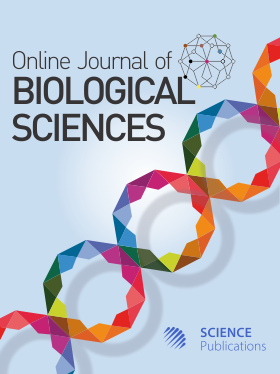Clinical Uses and Molecular Aspects of Ozone Therapy: A Review
- 1 Laboratory of Applied Immunology, Center of Medical and Pharmaceutical Sciences, UNIOESTE-Western Parana State University, Cascavel/PR, Brazil
Abstract
Ozone was discovered over a hundred years ago and since then, it has been widely used in many areas, with the primary use as a disinfectant in various ways, but with applications in diverse conditions. More recently, the use of ozone has extended to other fronts, using it to treat different pathologies. Extensive studies have shown its effects, as well as the safety of its application in various modalities of use. Other studies showed its toxicity, which depends on the doses of use. Emerging evidence revealed that ozone also plays an important role in the wound healing and modulation of immune cells, describing the molecular pathways responsible for these actions and describing therapeutic actions in the treatment of wounds, pain, postoperative and infectious diseases. Ozone use has already been documented in different doses, forms of use and routes of application, depending on the clinical situation and an adaptation is necessary for a better result. Thus, this review summarizes the main clinical uses of ozone, presenting the molecular pathways responsible for its actions, as well as discussing the main routes of use, doses and, vehicles used in the clinic.
DOI: https://doi.org/10.3844/ojbsci.2020.37.49

- 8,896 Views
- 5,022 Downloads
- 43 Citations
Download
Keywords
- Ozone
- Mechanism of Action
- Immunomodulation
- Antioxidant
- Wound Healing
